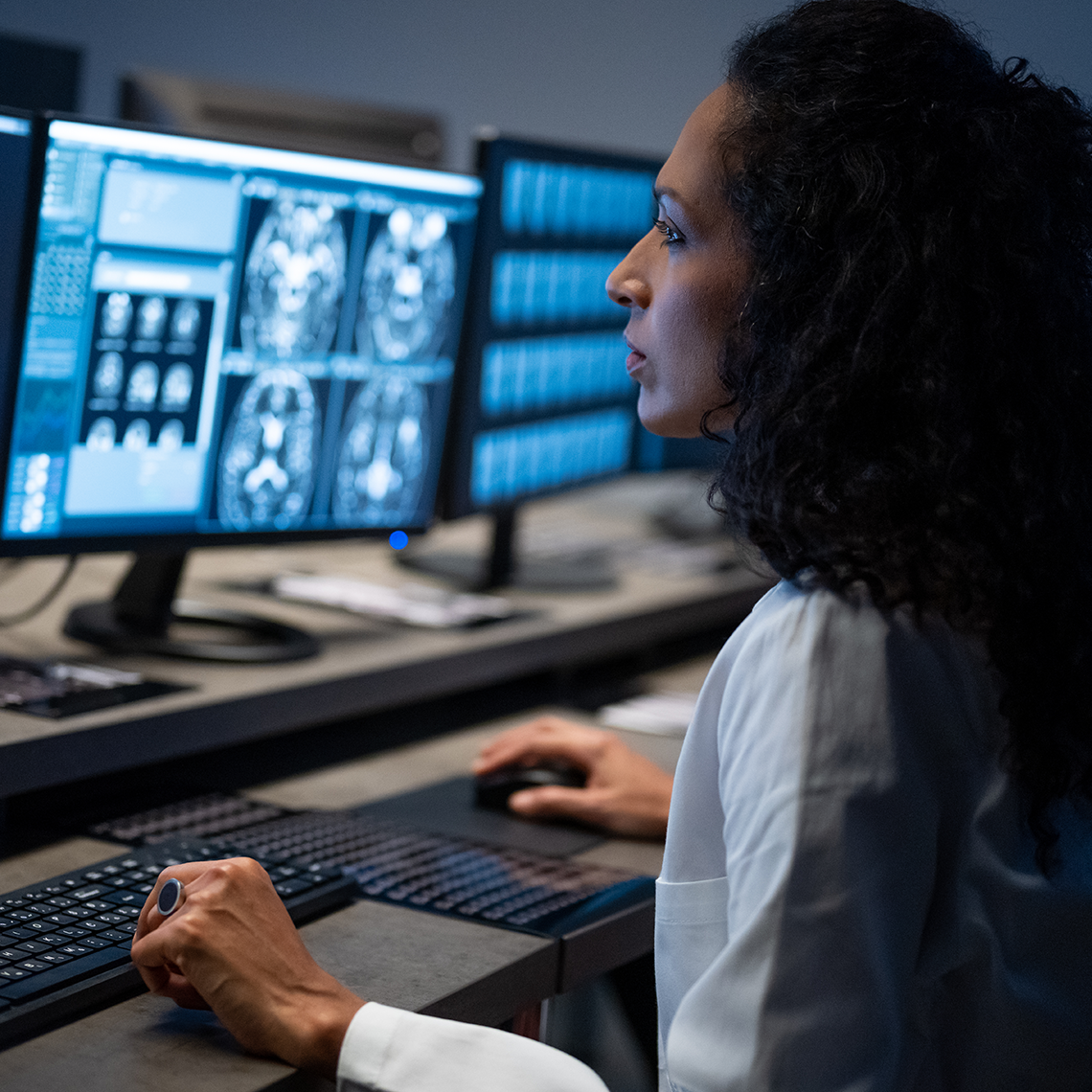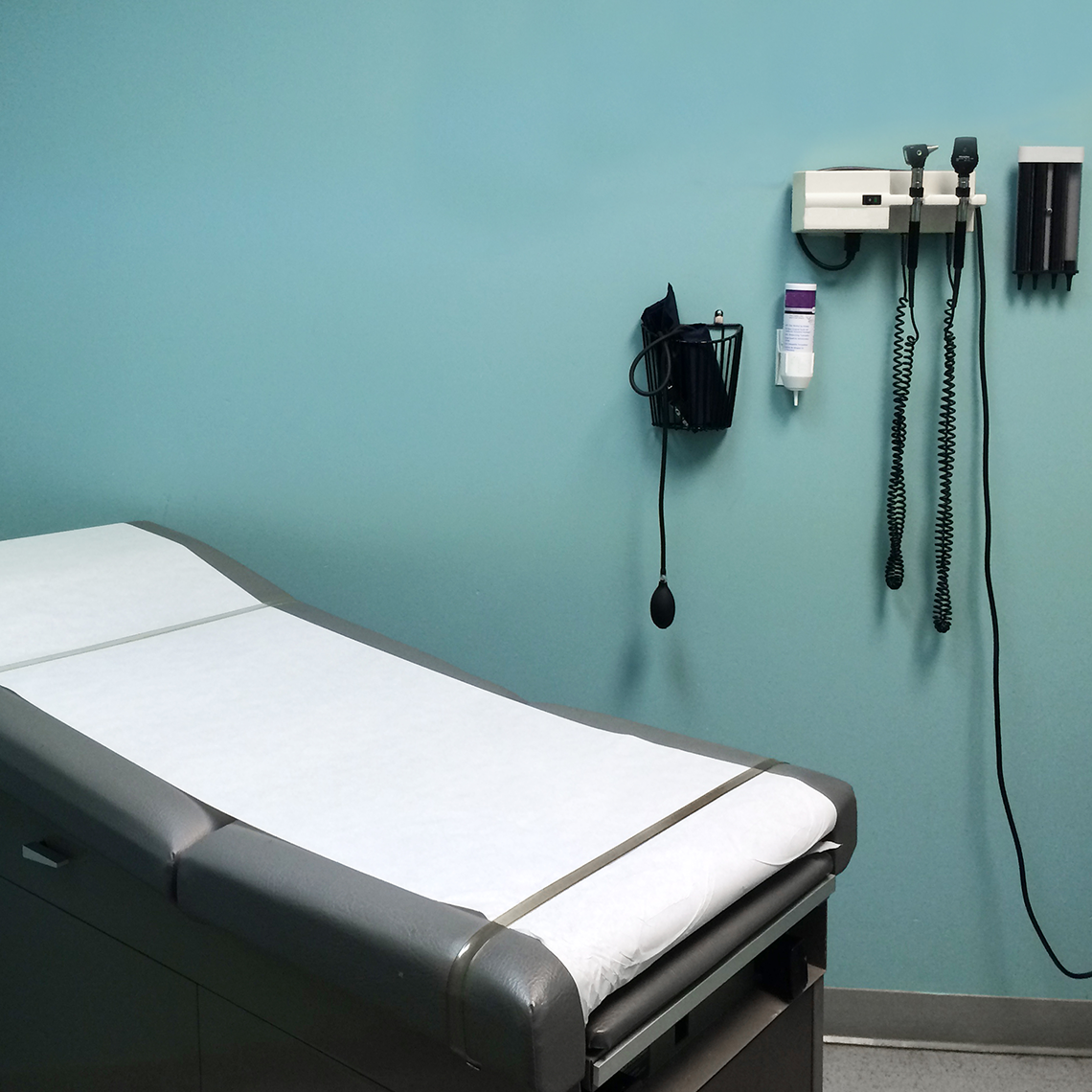Film
Future of Electronic Health Records: Supporting Clinicians and Patients
Jul 16, 2019

Duration: 6:54
Commentators
- Raj Ratwani, PhD
- Christine Sinsky, MD
- David Ting, MD, FACP, FAAP
CRICO has released a call-to-action video highlighting why clinicians and patients often see the electronic medical record (EHR) as the enemy. Built off billing software systems instead of clinical work flow, many EHRs require thousands of keystrokes per work day, hurting morale, distracting clinicians, and disengaging patients.
Instead of fighting with their EHRs, can clinicians and patients work with them? Is it a tweak or a re-design? Brand new technology, or a different implementation strategy?
“Future of Electronic Health Records: Supporting Clinicians and Patients” opens with a dramatized depiction of a day in the life of a primary care physician.
From there, viewers are shown an aspirational vision of what might be possible. This potential is explored as renowned experts in human factors, clinician burnout, and health IT, share their ideas on how to turn things around for the better.
“About half of U.S. physicians show some sign of burnout and we know that the EHR is a major driver of that,” says Christine Sinsky, MD, Vice President of Professional Satisfaction at the AMA.
Dr. Sinsky and others argue that putting patients and their doctors at the center of any implementation of EHRs is critical to success. Vastly improved technology exists today. And if clinical workflow is allowed to dictate how system technology is implemented, the process of reducing physician burnout and making care safer can begin.
In the video, a series of startling statistics starts to tell the story as the doctor progresses through her day:
- 60+ hour workdays
- 4-thousand keystrokes in a 10-hour shift
- EHR-related medical errors
“The consequence of an electronic record that does not take human factors into account, that fails to account for the true clinical workflow, or that fails to present data in a way that’s easily consumable by human eyes, is that it leads to clinicians missing important information,” says Dr. David Ting, Chief Medical Information Officer for Massachusetts General Physician Organization.
Yet some of the ways institutions can make the work lives and clinical outcomes better with EHRs are already in use in pockets of health care.
MedStar Health National Center for Human Factors in Healthcare Director Raj Ratwani, PhD, points to efforts underway to simplify interaction with the electronic record, using technology. “In places that are at the leading edge of electronic health record technology, what we are seeing is a more seamless experience and more seamless usability for the provider and for the patient,” Dr. Ratwani says. “And what that really means is that the provider can very quickly extract information from the electronic health record. They can get to it easily. That information then helps inform their decision making because they can get to the information at the right time.”
When EHRs are designed and employed right, Dr. Ratwani says, the problem becomes part of the solution. “If we imagine clinicians being able to more seamlessly document, to more seamlessly place orders, to make it easier for them to do their job overall, to reduce the cognitive burden of making decisions—that would actually lead to greater satisfaction and could potentially solve a lot of the challenges that we see with burnout today.”
The new video was supported by a grant from CRICO/Risk Management Foundation of the Harvard Medical Institutions.
Episodes
Paying for Patient Safety: Solving an ROI Puzzle
Teleradiology Leads Virtual Care Risk in New Study

New Study Finds Outpatient Adverse Events Common, Often Preventable

Taking the Pulse of a Clinician’s Interpersonal Skills


